TABLE OF CONTENTS
We are going to show how to make vegan weed cupcakes, vegetarian weed cupcakes, and how to make weed cupcakes for everyone without any dietary restrictions.
Here's a video for you on how to make weed cupcakes:
How to Make Weed Cupcakes
Vegan Weed Cupcakes
Ingredients:
- 1 cup all-purpose flour
- 1/4 cup cocoa powder
- 1/2 cup granulated sugar
- 1/2 tsp baking soda
- 1/4 tsp salt
- 1/3 cup cannabis-infused coconut oil
- 1 cup almond milk
- 1 tsp vanilla extract
- 1 tbsp apple cider vinegar
Steps:
- Preheat oven to 350°F and line a muffin tin with paper liners.
- In a large mixing bowl, whisk together the flour, cocoa powder, sugar, baking soda, and salt.
- In a separate mixing bowl, whisk together the cannabis-infused coconut oil, almond milk, vanilla extract, and apple cider vinegar until well combined.
- Add the wet ingredients to the dry ingredients and mix until just combined.
- Divide the batter evenly among the prepared muffin cups.
- Bake for 18-20 minutes, or until a toothpick inserted into the center of a cupcake comes out clean.
- Allow the cupcakes to cool completely before frosting with your favorite vegan frosting.
Vegetarian Weed Cupcakes
Ingredients:
- 1 cup all-purpose flour
- 1/2 cup granulated sugar
- 1/2 tsp baking soda
- 1/4 tsp salt
- 1/3 cup cannabis-infused butter
- 1/2 cup whole milk
- 1 tsp vanilla extract
- 1 tbsp apple cider vinegar
Steps:
- Preheat oven to 350°F and line a muffin tin with paper liners.
- In a large mixing bowl, whisk together the flour, sugar, baking soda, and salt.
- In a separate mixing bowl, whisk together the cannabis-infused butter, whole milk, vanilla extract, and apple cider vinegar until well combined.
- Add the wet ingredients to the dry ingredients and mix until just combined.
- Divide the batter evenly among the prepared muffin cups.
- Bake for 18-20 minutes, or until a toothpick inserted into the center of a cupcake comes out clean.
- Allow the cupcakes to cool completely before frosting with your favorite vegetarian frosting.
Weed Cupcakes for Everyone
Ingredients:
- 1 cup all-purpose flour
- 1/2 cup granulated sugar
- 1/2 tsp baking soda
- 1/4 tsp salt
- 1/3 cup cannabis-infused vegetable oil
- 1/2 cup milk (use almond milk for a vegan option)
- 1 tsp vanilla extract
- 1 tbsp apple cider vinegar
- 2 large eggs
Steps:
- Preheat oven to 350°F and line a muffin tin with paper liners.
- In a large mixing bowl, whisk together the flour, sugar, baking soda, and salt.
- In a separate mixing bowl, whisk together the cannabis-infused vegetable oil, milk, vanilla extract, apple cider vinegar, and eggs until well combined.
- Add the wet ingredients to the dry ingredients and mix until just combined.
- Divide the batter evenly among the prepared muffin cups.
- Bake for 18-20 minutes, or until a toothpick inserted into the center of a cupcake comes out clean.
- Allow the cupcakes to cool completely before frosting with your favorite frosting.
Here are some variations of how to make cannabutter.
How To Make Cannabutter on a Stovetop
Ingredients:
- 1 cup unsalted butter
- 1 cup ground cannabis flower
- 3-4 cups water
Steps:
- Grind the cannabis flower in a blender or food processor until it becomes fine particles.
- In a medium-sized saucepan, bring water to a boil, then reduce heat to low.
- Add the butter and let it melt.
- Once the butter has melted, add the ground cannabis flower and stir to combine.
- Let the mixture simmer on low heat for 2-3 hours, stirring occasionally.
- Add water as needed to maintain a consistent level in the saucepan.
- After 2-3 hours, remove the saucepan from heat and let it cool for 10-15 minutes.
- Strain the mixture through a cheesecloth into a large bowl or container.
- Let the mixture cool completely in the refrigerator until the cannabutter solidifies.
- Once the cannabutter is solid, remove it from the container and discard any remaining water.
How To Make Cannabutter in a Crockpot
Ingredients:
- 1 pound unsalted butter
- 1 ounce cannabis flower (or 2-3 ounces of trim)
- 1 cup water
Steps:
- Grind the cannabis flower in a blender or food processor until it becomes fine particles.
- Add the ground cannabis flower, butter, and water to a crockpot set to low heat.
- Let the mixture simmer on low heat for 6-8 hours, stirring occasionally.
- After 6-8 hours, remove the crockpot from heat and let it cool for 10-15 minutes.
- Strain the mixture through a cheesecloth into a large bowl or container.
- Let the mixture cool completely in the refrigerator until the cannabutter solidifies.
- Once the cannabutter is solid, remove it from the container and discard any remaining water.
How To Make Cannabutter in a Pan
Ingredients:
- 1 cup unsalted butter
- 1 cup ground cannabis flower
- 2 cups water
Steps:
- Grind the cannabis flower in a blender or food processor until it becomes fine particles.
- Add water to a pan and bring it to a boil.
- Add the butter to the pan and let it melt.
- Once the butter has melted, add the ground cannabis flower and stir to combine.
- Let the mixture simmer on low heat for 2-3 hours, stirring occasionally.
- Add water as needed to maintain a consistent level in the pan.
- After 2-3 hours, remove the pan from heat and let it cool for 10-15 minutes.
- Strain the mixture through a cheesecloth into a large bowl or container.
- Let the mixture cool completely in the refrigerator until the cannabutter solidifies.
- Once the cannabutter is solid, remove it from the container and discard any remaining water.
Need to know how to make Cannabis Oil so you can substitute oil for butter in some of your weed recipes? No problem, we have you covered!
3 Ways to Make Cannabis Oil
Here are three different ways to make cannabis oil (canna-oil):
Make Canna-Oil Using a Double Boiler
Ingredients:
- 1 cup of cooking oil (e.g., coconut oil, olive oil, vegetable oil)
- 1 cup of ground cannabis flower
- Water
Equipment:
- Double boiler
- Cheesecloth
- Storage container with a tight-fitting lid
Steps:
- Set up the double boiler by filling the bottom pot with water and placing the top pot on it.
- Add the cooking oil and ground cannabis flower to the top pot of the double boiler.
- Turn the heat to low and let the mixture simmer for 2-3 hours, stirring occasionally.
- Add water as needed to maintain a consistent level in the pot.
- After 2-3 hours, turn off the heat and let the mixture cool for 10-15 minutes.
- Strain the mixture through a cheesecloth into a storage container.
- Allow the mixture to cool completely before covering it with a tight-fitting lid and storing it in the fridge.
Make Canna-Oil Using a Slow Cooker
Ingredients:
- 2 cups of cooking oil (e.g., coconut oil, olive oil, vegetable oil)
- 1 ounce of ground cannabis flower
Equipment:
- Slow cooker
- Cheesecloth
- Storage container with a tight-fitting lid
Steps:
- Add the cooking oil and ground cannabis flower to the slow cooker.
- Turn the slow cooker on low heat and let the mixture simmer for 6-8 hours, stirring occasionally.
- After 6-8 hours, turn off the slow cooker and let the mixture cool for 10-15 minutes.
- Strain the mixture through a cheesecloth into a storage container.
- Allow the mixture to cool completely before covering it with a tight-fitting lid and storing it in the fridge.
Make Canna-Oil Using the Mason Jar Method
Ingredients:
“
There are over 300,000 jobs in the cannabis industry. CTU trained me for one of them!

Makes $24.50 @ THC +
- 1 cup of cooking oil (e.g., coconut oil, olive oil, vegetable oil)
- 1/4 to 1/2 ounce of ground cannabis flower
- Mason jar
Equipment:
- Saucepan
- Cheesecloth
- Storage container with a tight-fitting lid
Steps:
- Add the cooking oil and ground cannabis flower to the mason jar and stir to combine.
- Place the mason jar in a saucepan with enough water to cover the jar by 1-2 inches.
- Turn the heat on low and let the water simmer for 2-3 hours, stirring occasionally.
- After 2-3 hours, turn off the heat and let the mixture cool for 10-15 minutes.
- Strain the mixture through a cheesecloth into a storage container.
- Allow the mixture to cool completely before covering it with a tight-fitting lid and storing it in the fridge.
Now you know how to make weed cupcakes, it's your turn to get your ingredients together and make weed cupcakes for your friends!

Karen Getchell
Karen gained expertise in developing training programs and technical documentation as a Senior Editor at Cisco Systems. She began her journey in cannabis as a patient, searching for a way to heal herself. When she perfected a method for making cannabis oil, other patients began to seek her out. An early adopter of CBD medicine, she started her CBD-infused-products business in 2014. Over the last two decades, Karen has taught hundreds of patients and caregivers how to select strains, infuse oils, and extract cannabinoids.
When she isn’t teaching cannabis cooking classes, Karen works as a cannabis business consultant, writes for online cannabis publications like Cannabis Training University, Leafly, and Weedmaps, and runs a CBD-infused-product business.


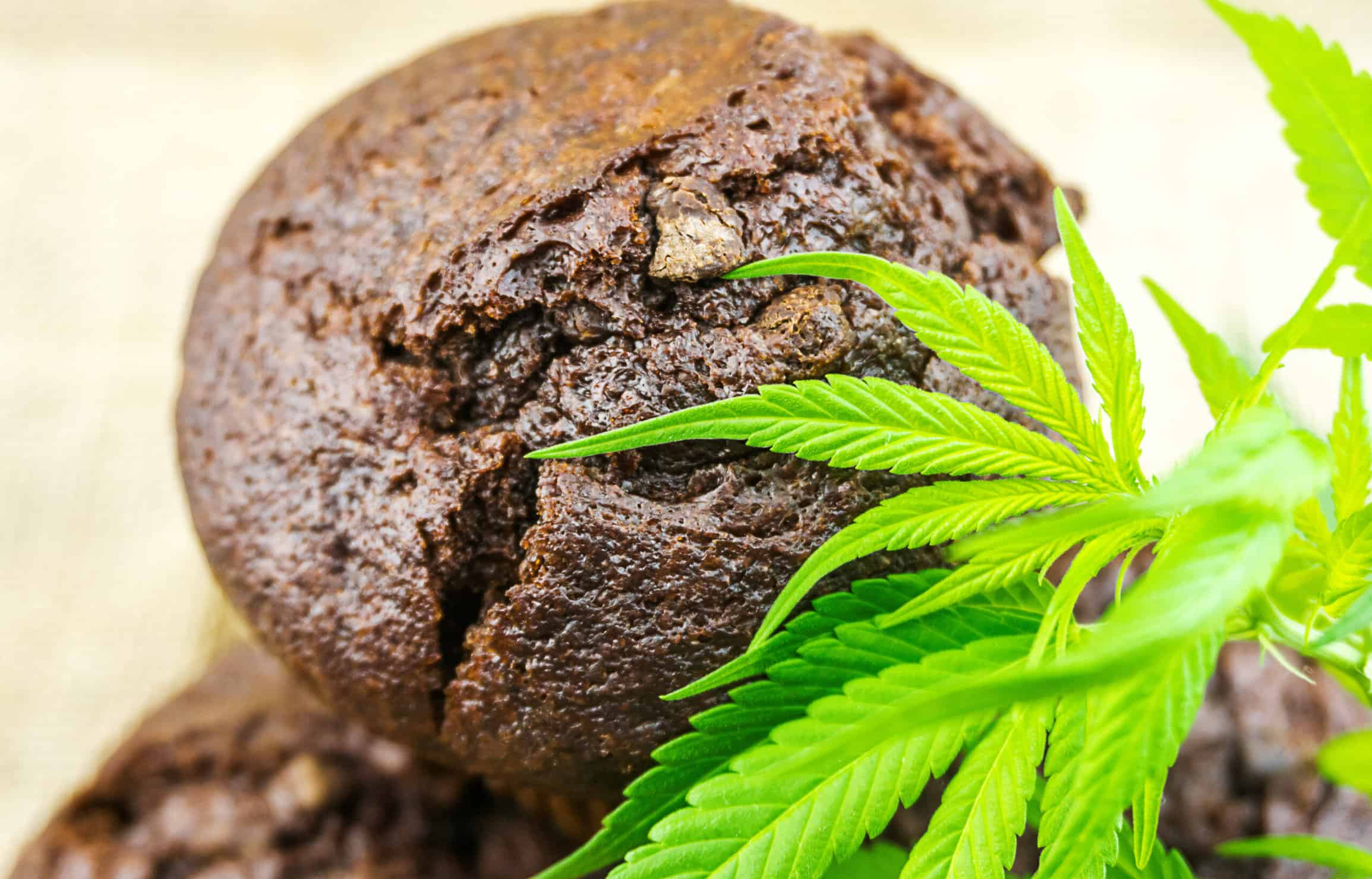



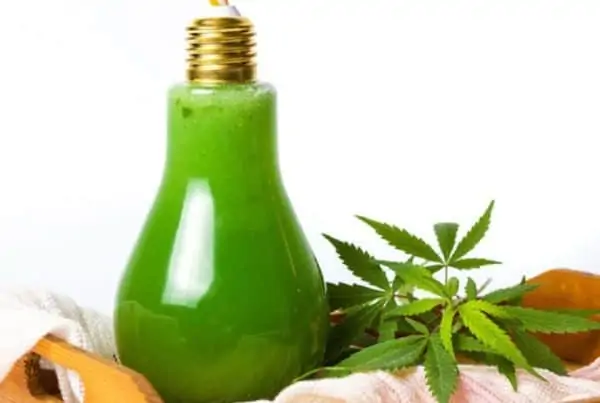
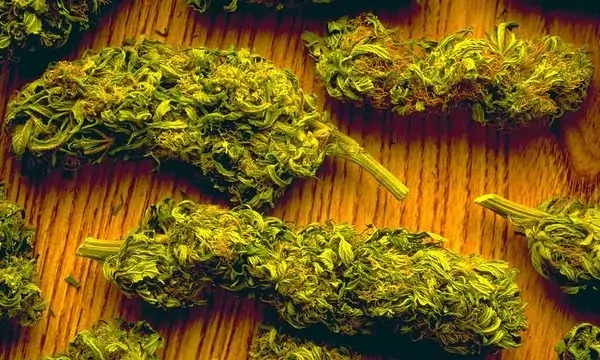
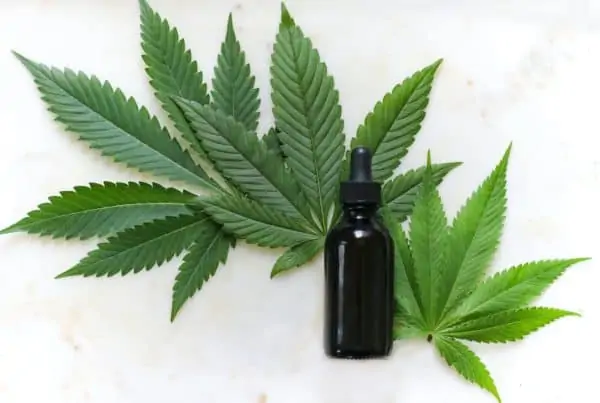
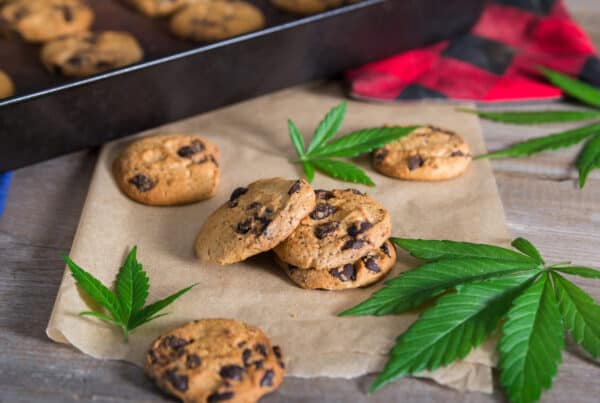
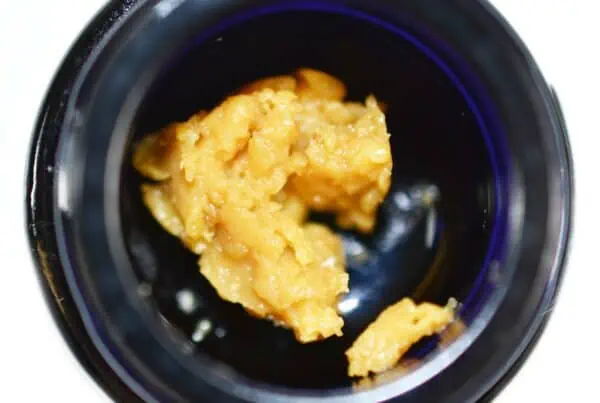

 Jeff was involved in an accident where he endured a traumatic brain injury. He had a week-long stay in ICU where brain surgeons
Jeff was involved in an accident where he endured a traumatic brain injury. He had a week-long stay in ICU where brain surgeons  100% risk free money back guarantee within 48 hours after purchase if student has not completed any of the courses or exams.
100% risk free money back guarantee within 48 hours after purchase if student has not completed any of the courses or exams.